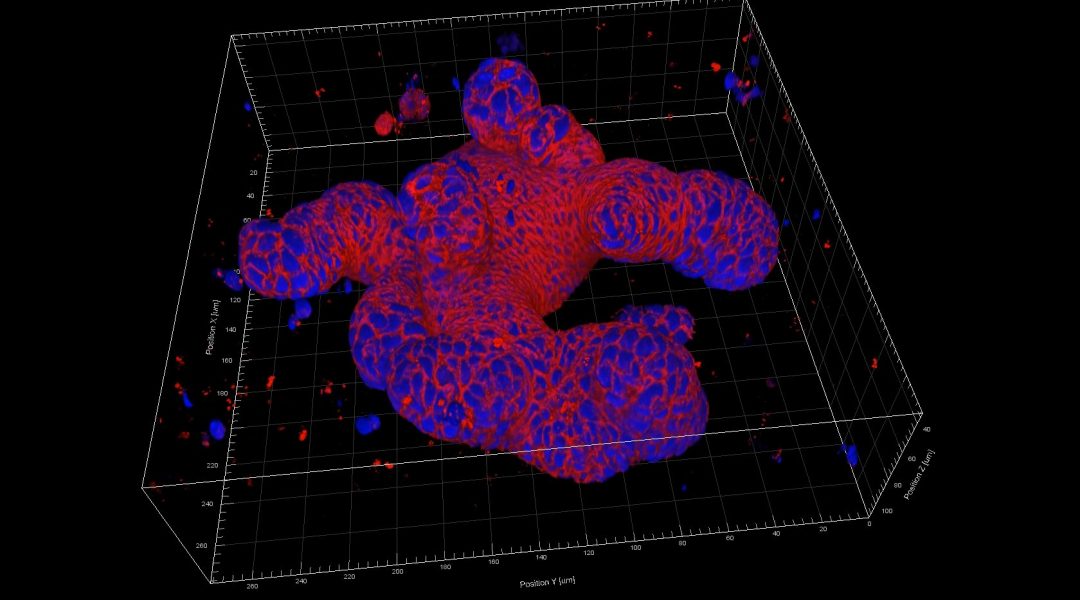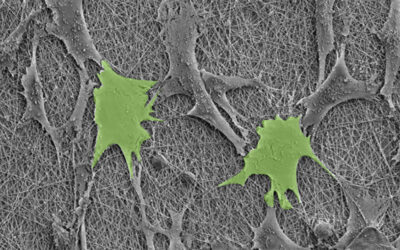Organoids are self-organizing cellular structures that mimic various aspects and functions of their respective organs. Organoids can provide an in vitro, three-dimensional (3D) platform for biomedical research.
In Advanced Materials, Professors Marcy Zenobi-Wong and Gerald Schwank from ETH Zürich and their co-workers develop a defined fibrin-based hydrogel for organoid growth.
Professor Gerald Schwank: “Current organoid protocols rely on basement membrane extract, so-called BME, as a 3D scaffold. BME contains many extracellular matrix proteins and is poorly defined, and cells grown in BME scaffolds can therefore not be used for transplantation into patients.”
Professor Marcy Zenobi-Wong: “In our research, we developed a substitute for BME. We found that fibrin has similar biophysical properties, and when you add laminin-111 to fibrin, you come up with a fibrin/laminin hydrogel, which supports the growth of organoids from multiple tissues, like liver, pancreas, and intestine. We think that this laminin/fibrin hydrogel will have important implications for regenerative medicine.”
To find out more about this fibrin/laminin hydrogel, please visit the Advanced Materials homepage.

















